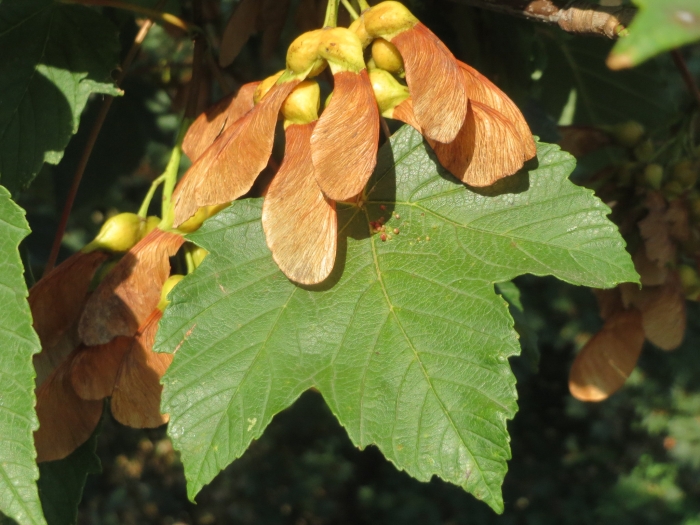Norway Maple
(Acer platanoides)
Norway Maple (Acer platanoides)
/
/

Andreas Rockstein
CC BY-SA 2.0
















































































Estimated Native Range
Summary
This species is valued for its adaptability to urban conditions, including tolerance of poor, compacted soils and pollution, where the closely related Sugar Maple may struggle. It is widely used for urban planting, as a shade tree, and occasionally as a windbreak. Norway Maple requires full sun to part shade and medium water, with a preference for well-drained soils. It is also known for its aggressive root system, which can disrupt sidewalks and foundations, and for its potential invasiveness outside its native range, as it can outcompete local flora. Gardeners should be aware of these characteristics when considering planting.CC BY-SA 4.0
Plant Description
- Plant Type: Tree
- Height: 65-100 feet
- Width: 30-50 feet
- Growth Rate: Moderate
- Flower Color: N/A
- Flowering Season: Spring
- Leaf Retention: Deciduous
Growth Requirements
- Sun: Full Sun, Part Shade
- Water: Medium
- Drainage: Medium
Common Uses
Bee Garden, Bird Garden, Butterfly Garden, Deer Resistant, Drought Tolerant, Erosion Control, Low Maintenance, Salt Tolerant
Natural Habitat
Deciduous forests, forest edges, and riparian zones in Europe and Western Asia
Other Names
Common Names: Spids-Løn , Spitzahorn , Spitz-Ahorn , Érable Plane , Érable De Norvège , Érable Platanoïde , Acero Riccio , Noorse Esdoorn , Skogslönn , Lönn
Scientific Names: Acer platanoides , Acer platanoides var. schwedleri , Acer dieckii , Acer platanoides var. rubrum , Acer platanoides var. palmatifidum , Acer platanoides f. variegatum , Acer platanoides var. globosum , Acer platanoides var. laciniatum , Acer platanoides f. schwedleri , Acer platanoides var. crispum
GBIF Accepted Name: Acer platanoides L.